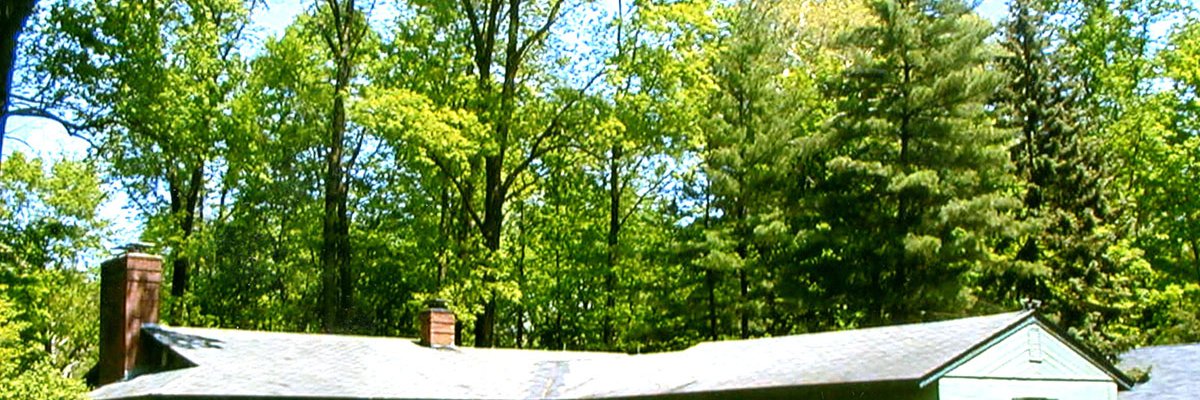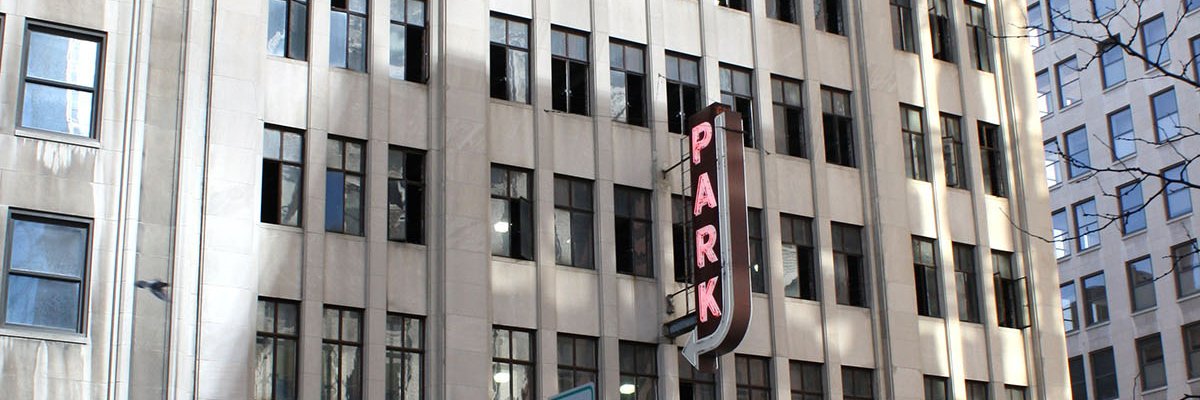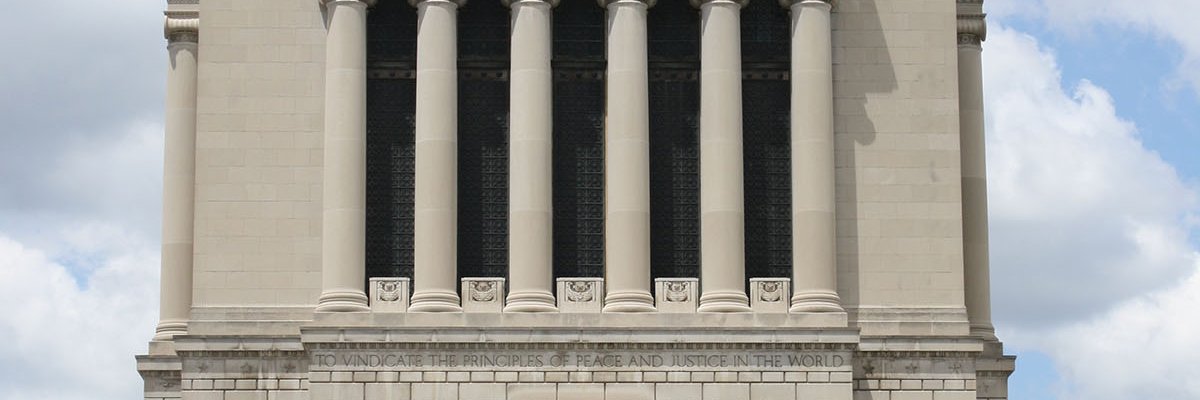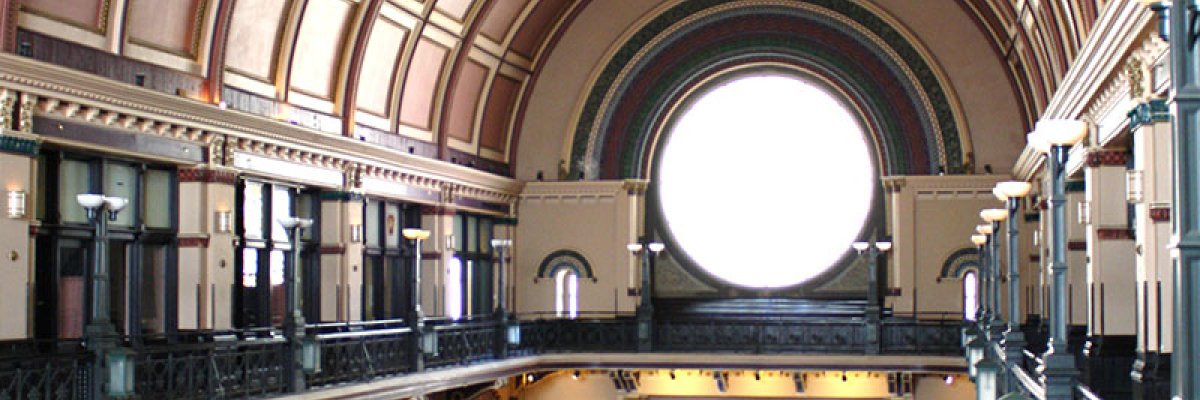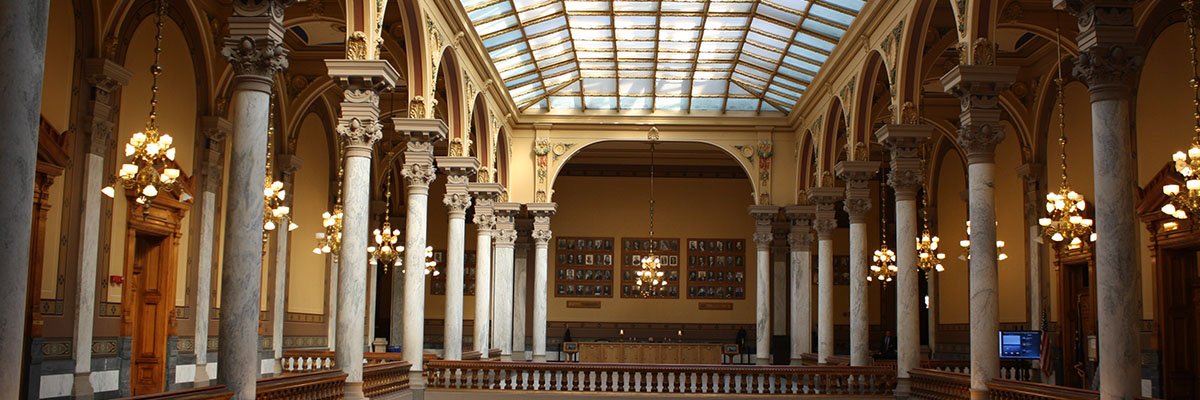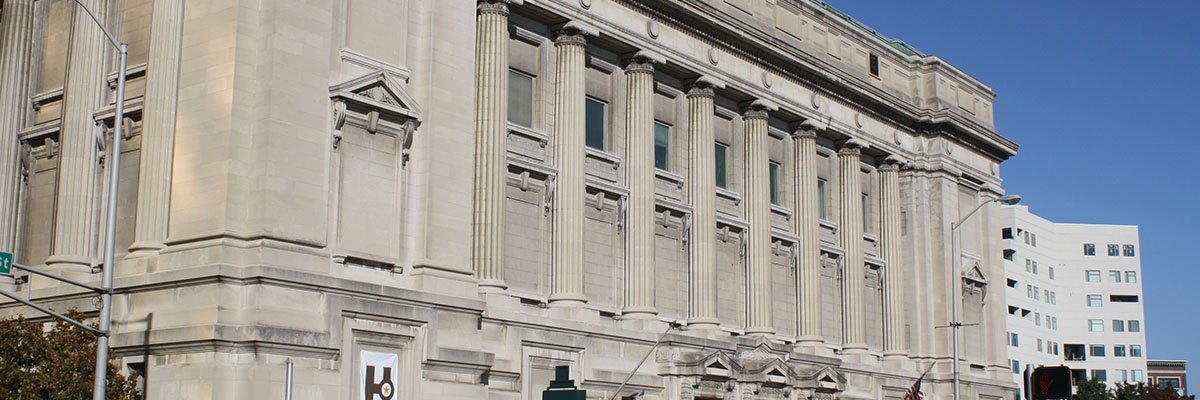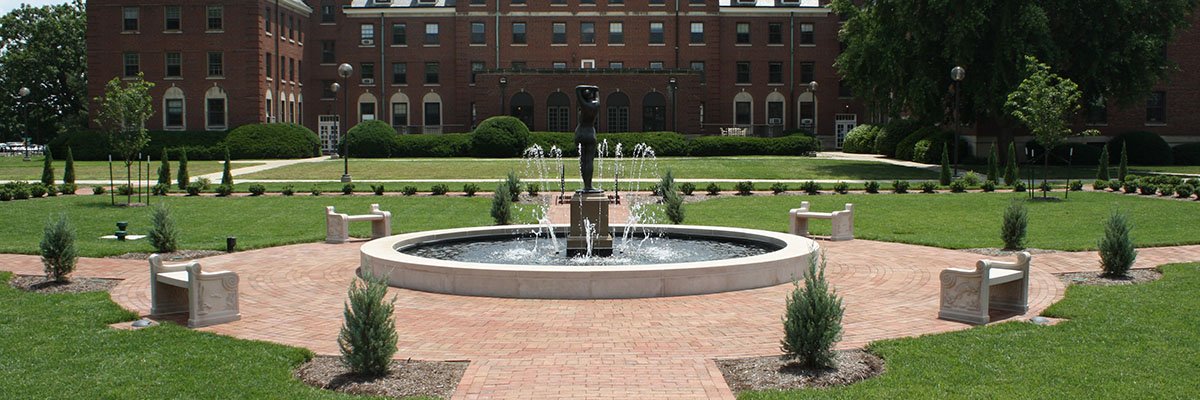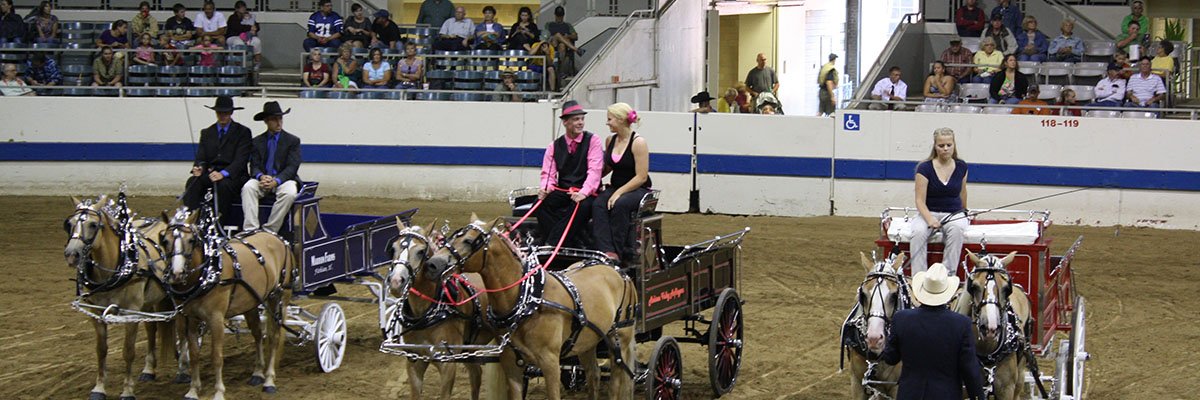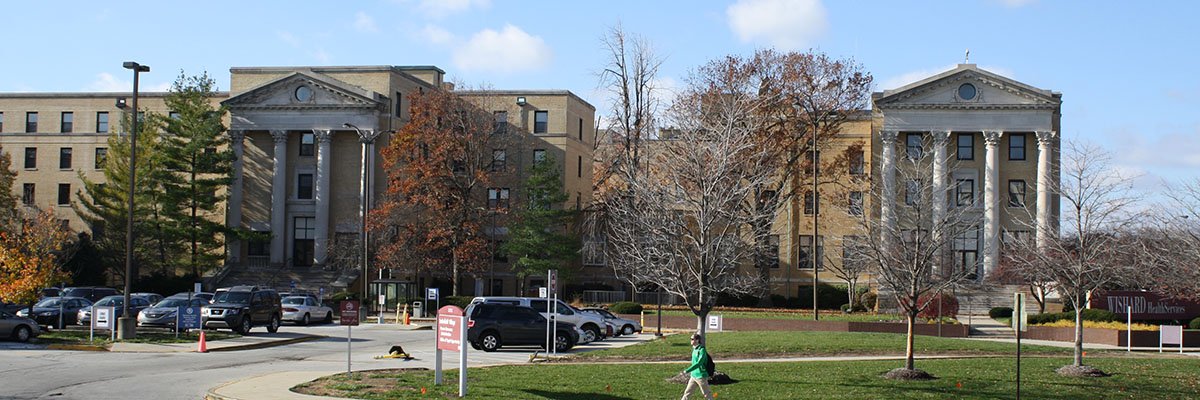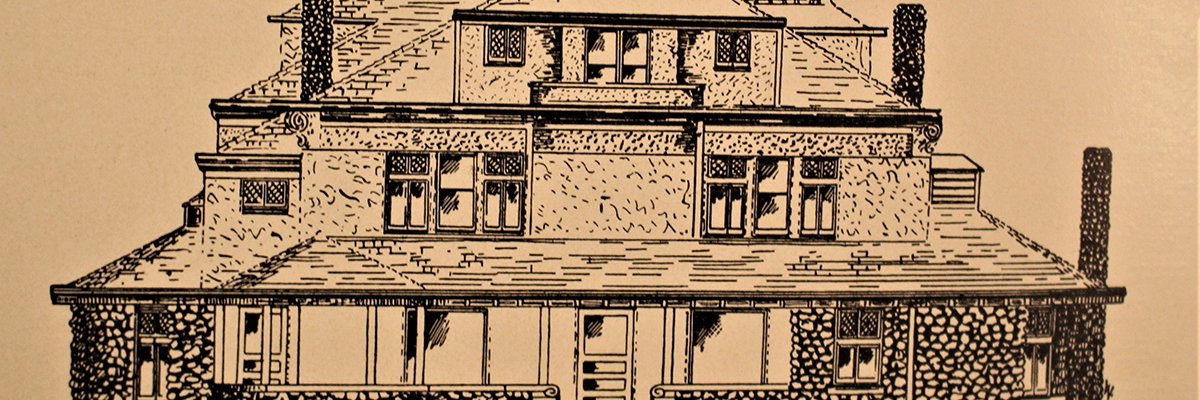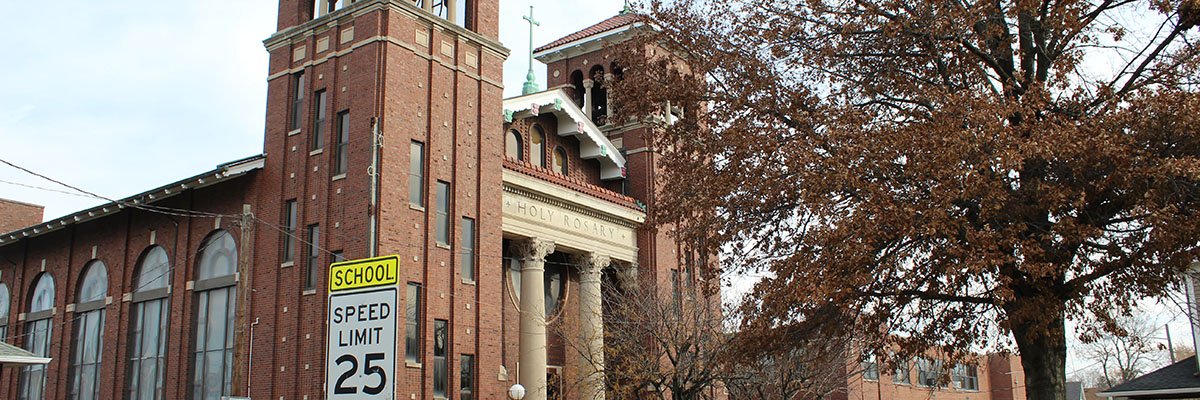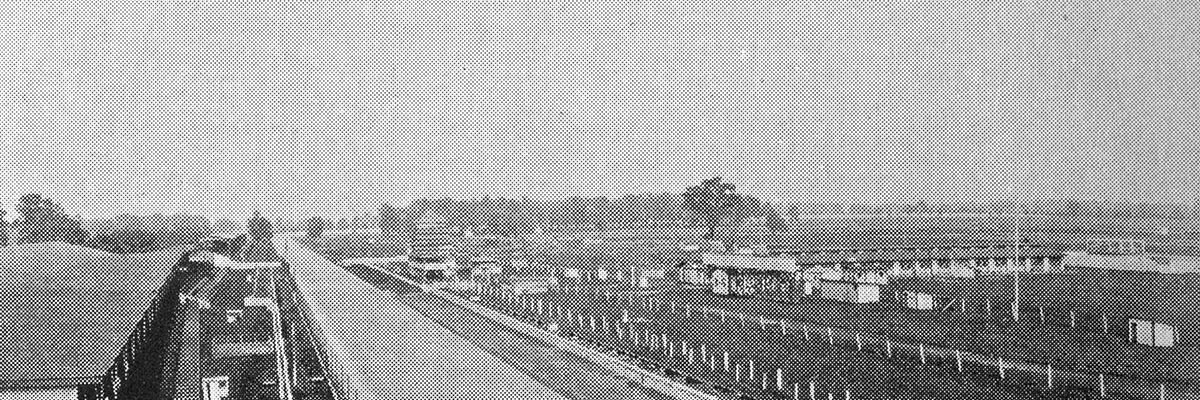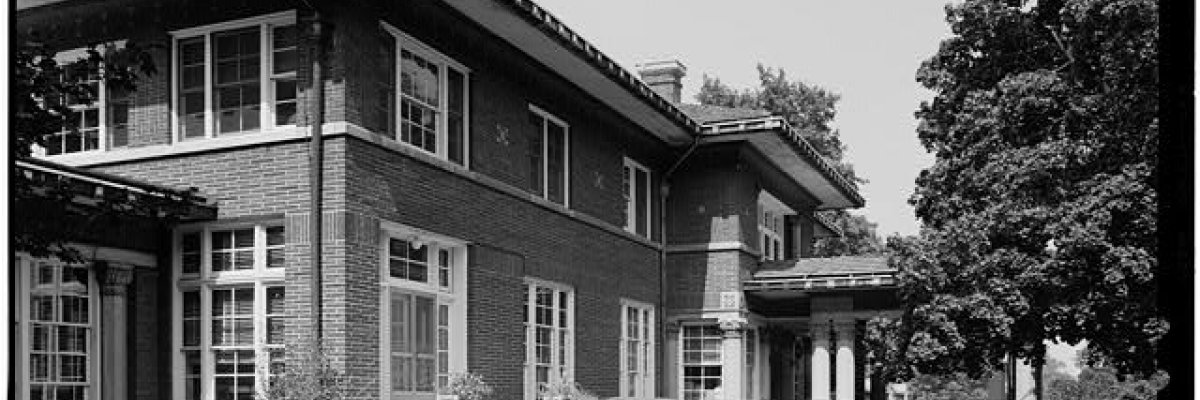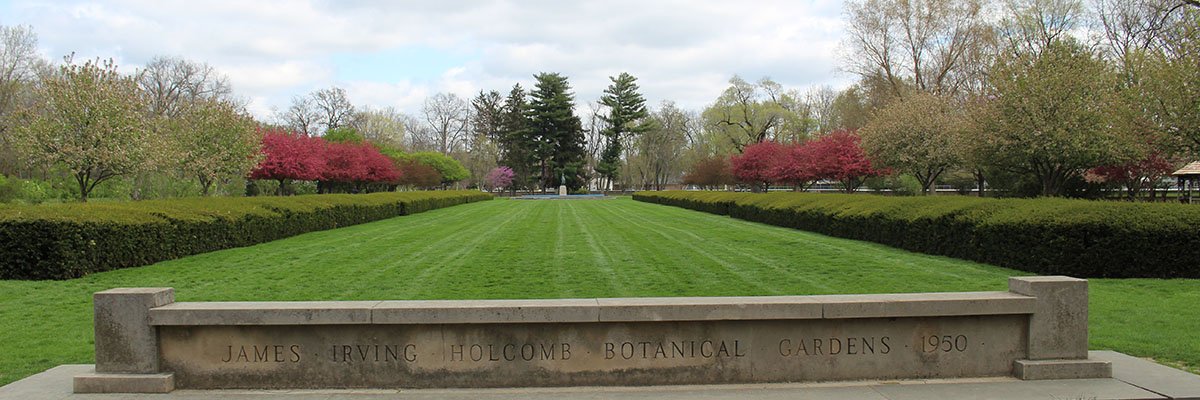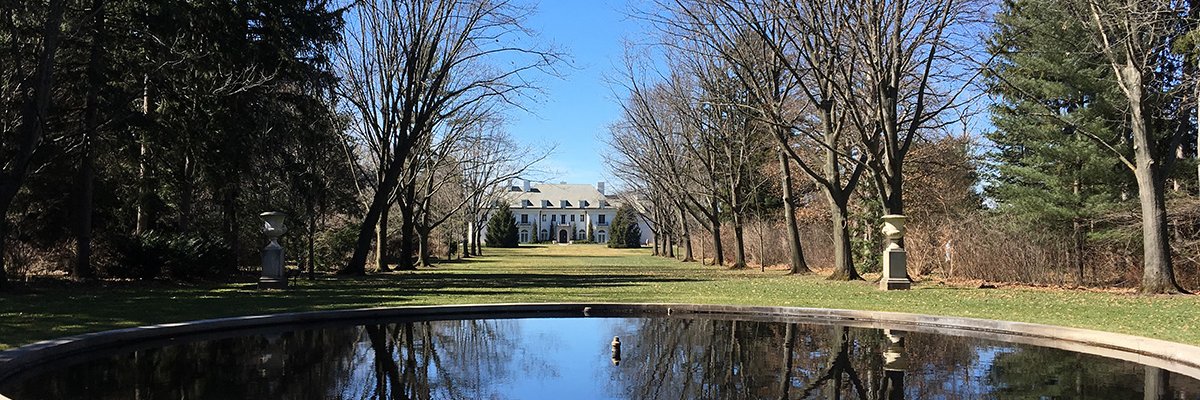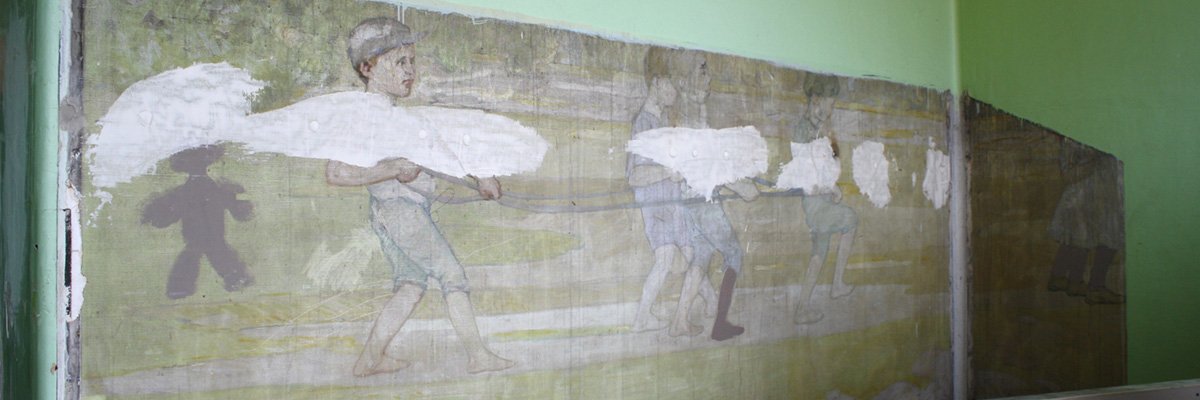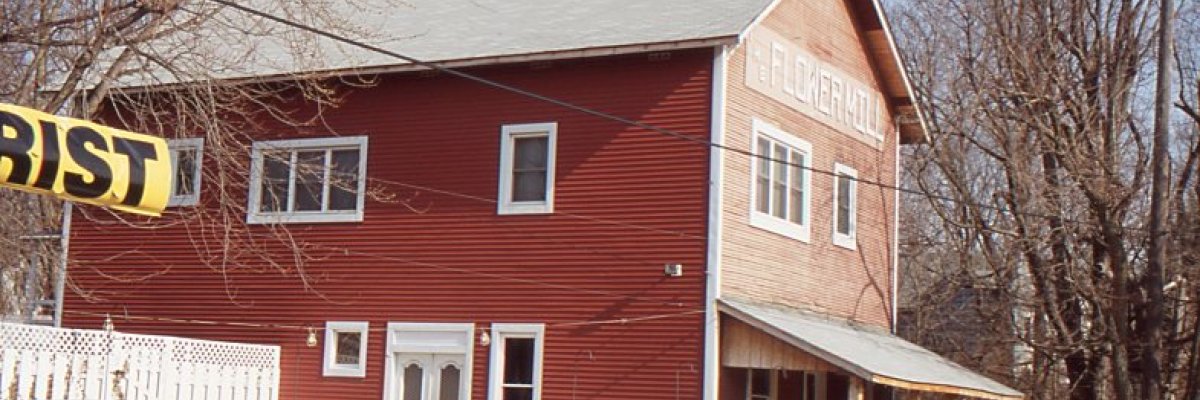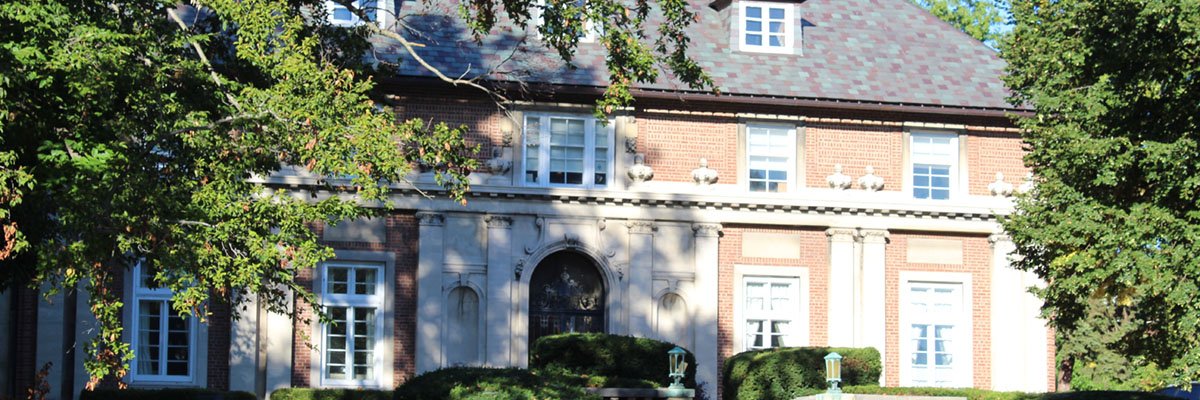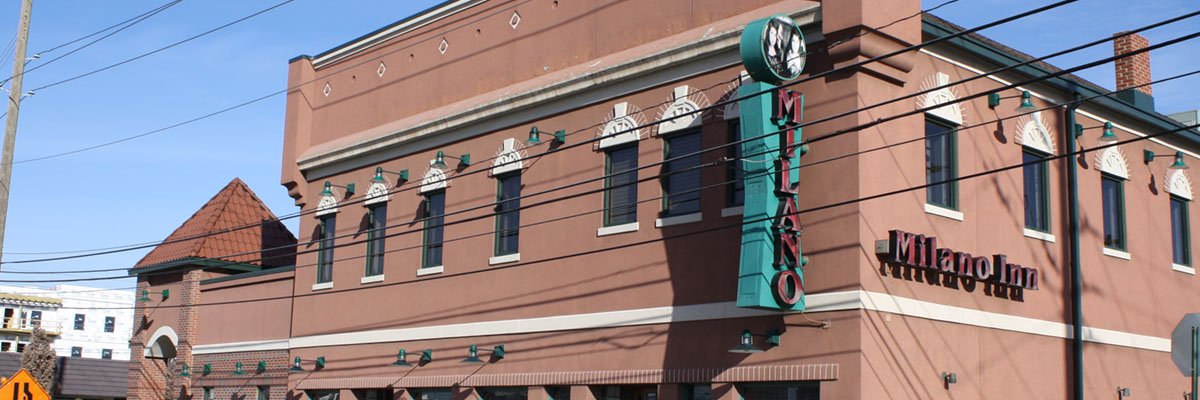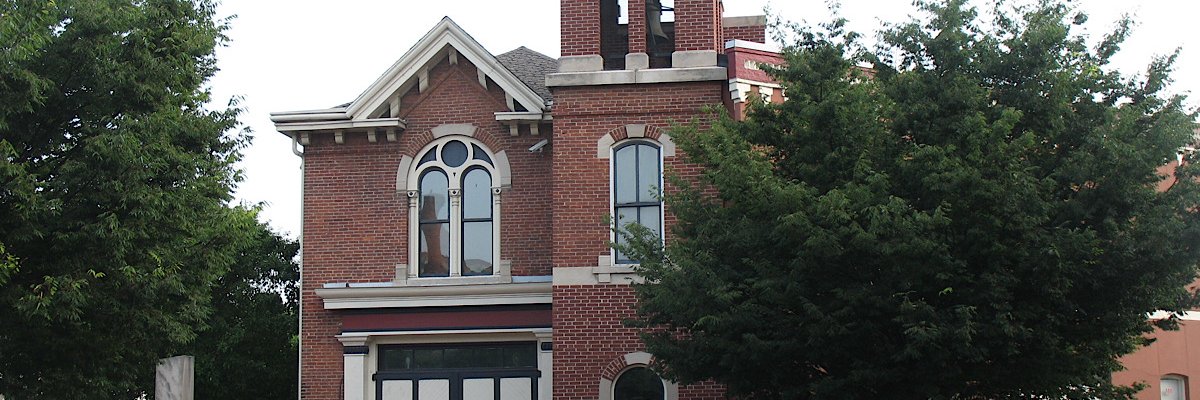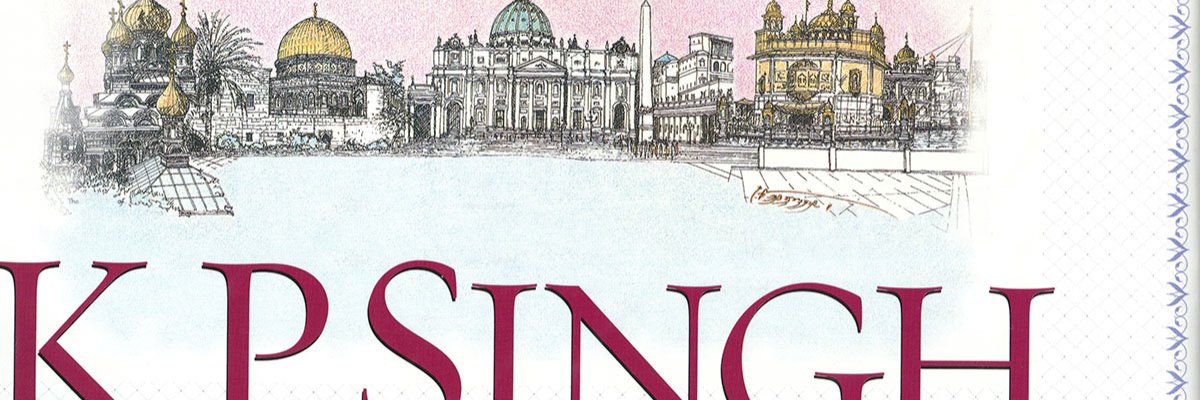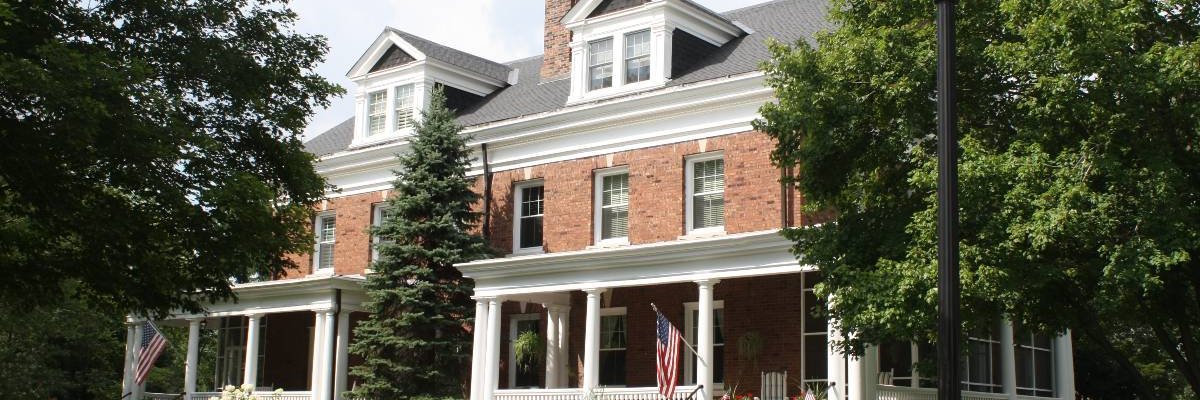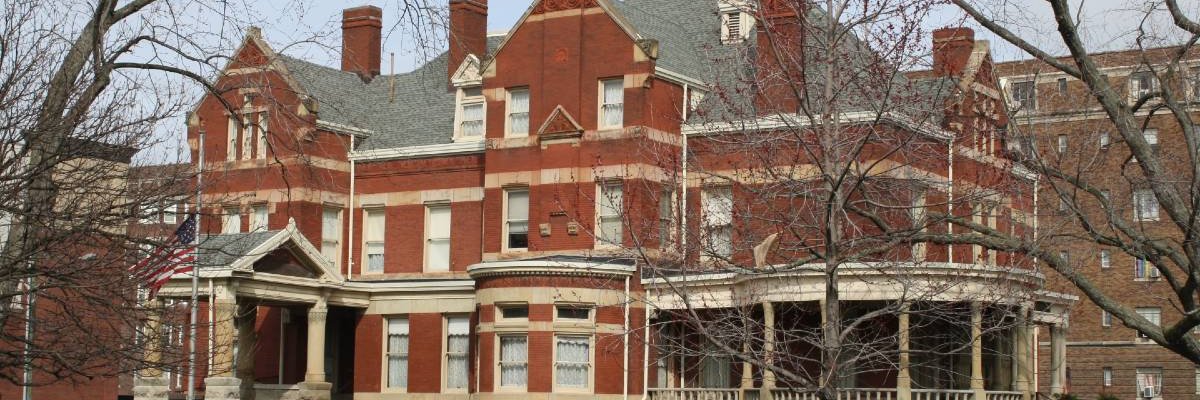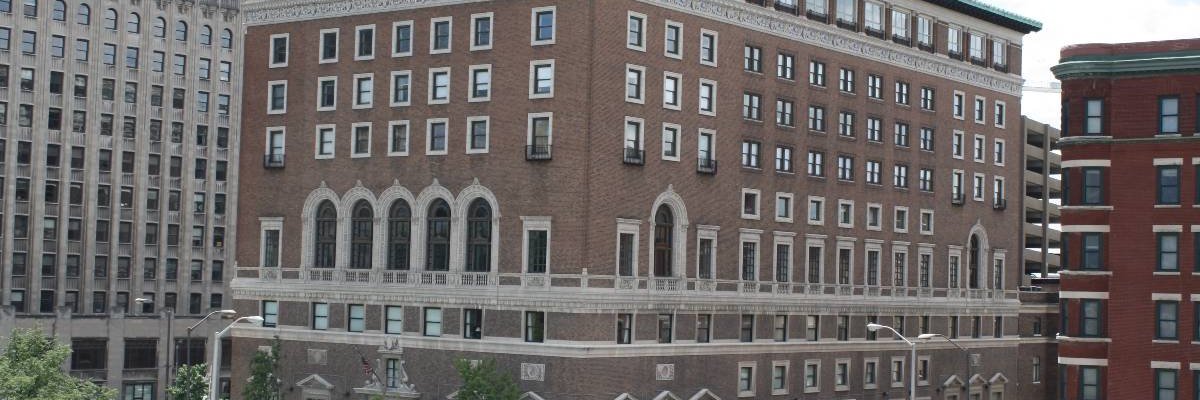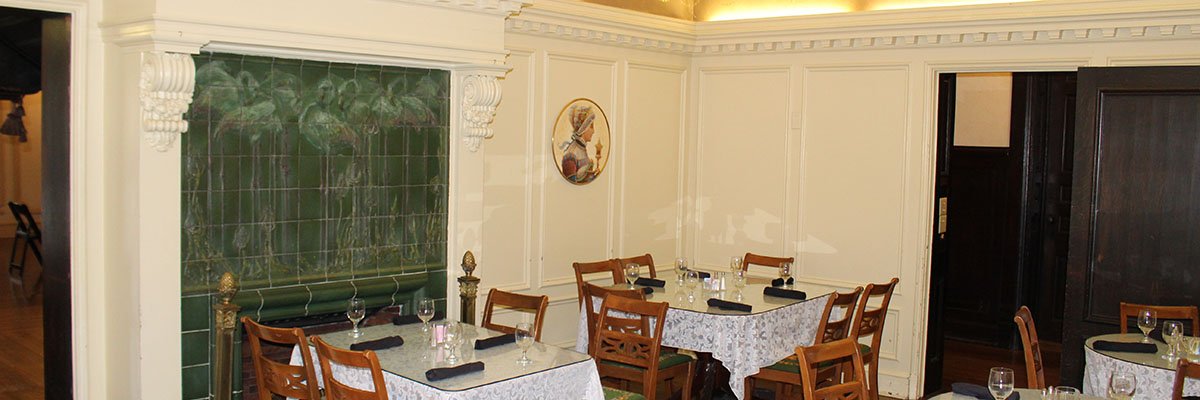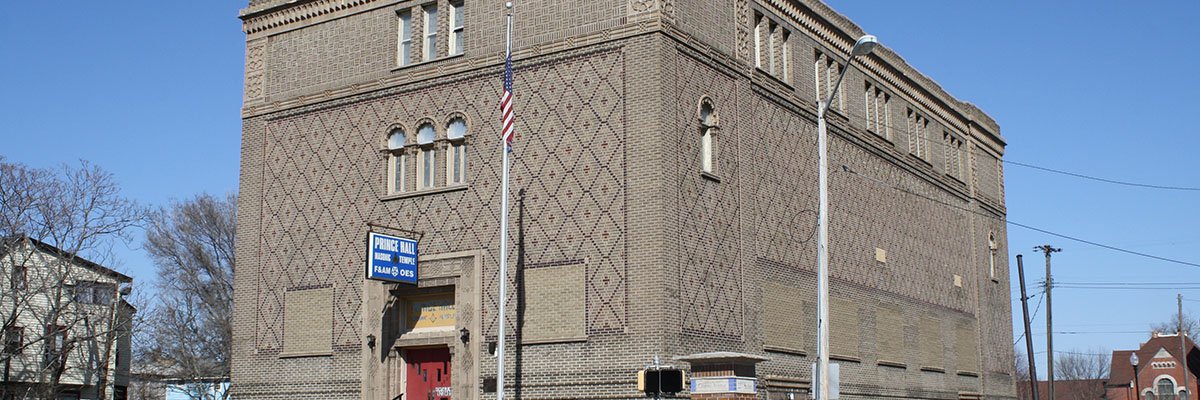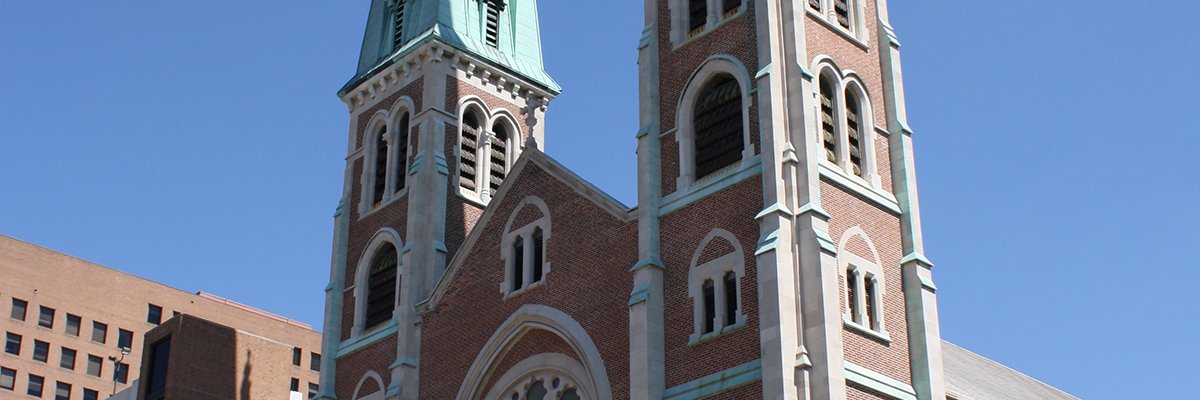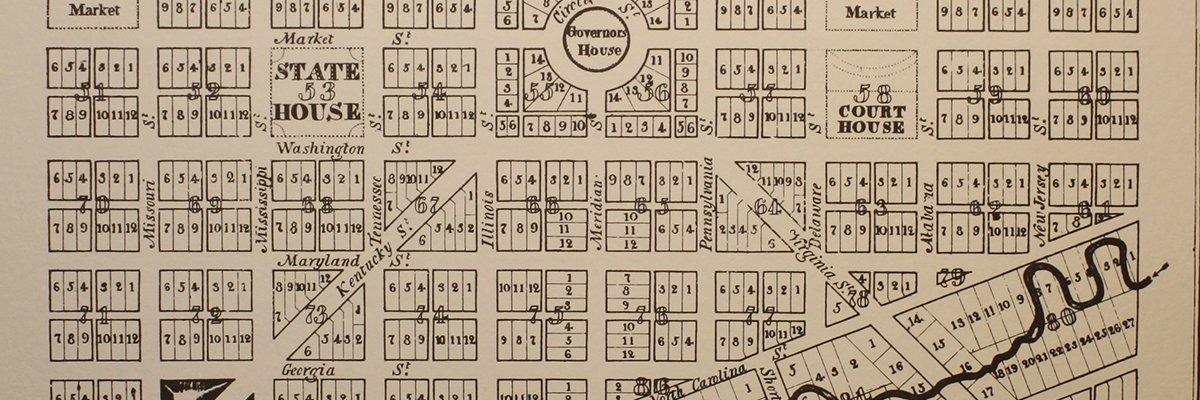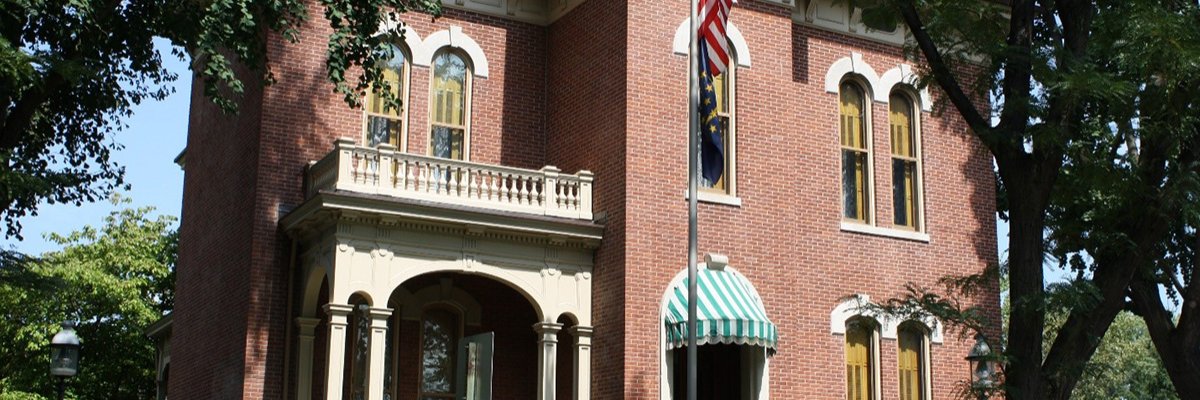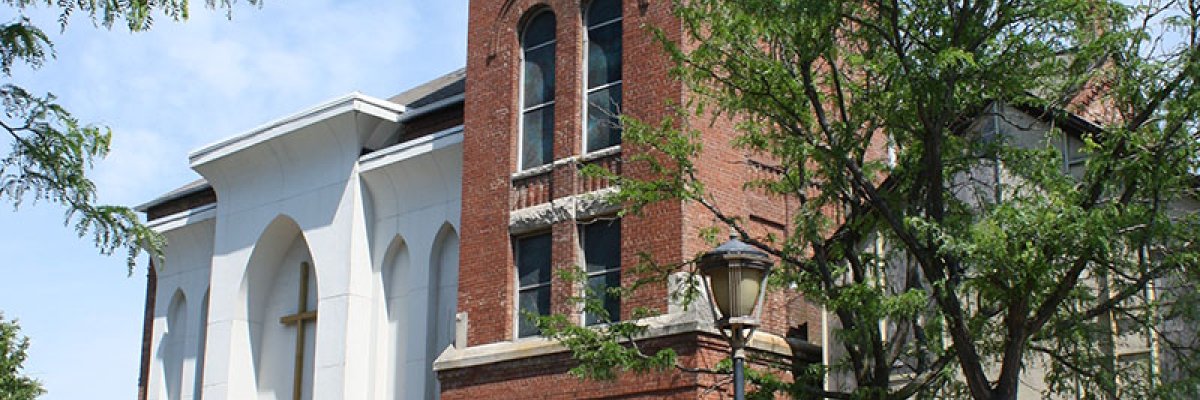Indianapolis Bicentennial Blogs
In 2003, Dr. James Glass began to write monthly columns for the Indianapolis Star on heritage in Indianapolis.
Over the next 16 years, he wrote over 80 columns highlighting aspects of Indianapolis history,
historic places, and cultural heritage that sometimes are overlooked.
For the Indianapolis Bicentennial, he will be offering some of these columns as blog posts on this website.
They will be published several times a month from June, 2020 through December, 2021 and will be shared on Twitter.
In 1950, Carmel architect H. Roll McLaughlin was designing a home for his parents. He turned for ideas to the work of California architect Cliff May, who had been promoting the virtues of the Western ranch house since the 1930s. Based on the adobe and wooden houses that early Mexican ranch owners ha...
Read more...In 1922, the Columbia Burlesque Theatre closed its doors at 126 E. Wabash Street downtown. Constructed as the Empire Theatre in 1892, the brick Romanesque structure had hosted countless troupes of show girls dressed in tights for male entertainment. But by the early 1920s, silent movie palaces were...
Read more...Ninety years ago this month, three Indianapolis veterans of World War I led a successful campaign to persuade the first national convention of the American Legion to locate its national headquarters in Indiana’s capital. The Legion had been created in the spring of 1919 by American veterans in Paris...
Read more...Have you been to Union Station downtown lately? It’s come back to life. Over the past seven years, the City of Indianapolis has rehabilitated the immense complex and recruited new tenants. Brad Hartz and Jo Lynn Garing of the Indianapolis Local Public Improvement Bond Bank, which manages the station...
Read more...Indianapolis is known for its many outstanding sports events, as the 100th running of the Indianapolis 500 calls to mind. But did you know that some of the city’s most compelling attractions have to do with the 19th century? The state capital held sway as a major political, literary, and industrial...
Read more...One of the most stately public buildings downtown is the former Indianapolis City Hall. It was the brainchild of Mayor Charles A. Bookwalter, who believed that a growing metropolis needed an imposing home for city government. Previously, municipal offices had been squeezed into borrowed quarters...
Read more...In this year of the State’s bicentennial, Indiana University has restored a key part of its landscape heritage and provided welcome therapeutic benefits to patients, staff, and families of patients who come to its Indianapolis hospital campus. On June 21, the restored Ball Nurses’ Sunken Garden was...
Read more...Joanna Taft and the board of the new Herron High School have a vision of a charter school providing an education in the classics and the arts to a diverse student body drawn from families of a wide range of income levels. Taft and her board also envision as a home for their new charter school the hi...
Read more...In an era in which some Hoosier traditions are fading, the Indiana State Fair keeps alive experiences that Indiana residents have shared for generations. People from all over the state get together and for 12 days see and enjoy Indiana agriculture, industry, food, arts and crafts, and entertainment....
Read more...With the recent closure of the former Wishard Hospital, it seems timely to review the history and architecture of the buildings that make up its extensive complex.
Before the Civil War, there was no hospital in Indianapolis. The city of 12,000 inhabitants did not feel the need for an institution...
Read more...In this mayoral election year, it seems timely to recall one of Indianapolis’ most unforgettable mayors, Tom Taggart. He was a legendary politician, visionary city executive, and gifted businessman. As his biographer, James Fadely, has observed, “His life, so filled with success and achievement, was...
Read more...As the year opens on the 2011 Indianapolis mayoral campaign, it seems timely to recall the career of one of the city's most colorful mayors. Samuel Lewis "Lew" Shank took office 101 years ago and made an indelible impression on the voters through his common touch, humor, and populist stands on bread...
Read more...Indianapolis history has been full of the arrival of new immigrants since before the Civil War. As the new residents have settled in, they have kept alive the traditions of their ancestral homelands through special events. Today, many immigrants to the city come from Mexico and nations with Hispanic...
Read more...On this 100th anniversary of the Indianapolis 500, it is interesting to recall its beginnings and how race became one of world’s greatest sporting events....
Read more...This year, as the Indianapolis Motor Speedway celebrates its centennial, it is interesting to seek out places associated with its founders that you can still visit in Indianapolis. Of course, the most obvious place is the Speedway itself, which has been developed by the Hulman and George families in...
Read more...As spring passes into May, city dwellers seek out several public gardens that have delighted generations of residents. Two of these, originally created in the 1920s for the Hugh McKennan Landon family at their Oldfields estate above the Indianapolis Central Canal and White River, were recently resto...
Read more...Between 1900 and 1930, during what has since been called the “Country Place Era,” several wealthy Indianapolis families created extraordinary landscapes around their country houses. In the town of Woodstock, at West 38th Street and Michigan Road, banker Hugh McKennan Landon and his family constructe...
Read more...This month, the L.S. Ayres name will disappear from Indiana retailing after 134 years. At Glendale Mall, Lafayette Square, and Washington Square, the last Ayres stores are being converted to the Macy’s brand. The loss of the Ayres name may not make a major difference in shopping for most customers;...
Read more...Daniel F. Evans, Jr.’s interest in history is contagious. Within minutes of meeting him, a visitor is likely to hear about the values system of Clarian Health Partners, the Indianapolis hospital organization that Evans heads as president and CEO. The values for the three units of Clarian—Methodist H...
Read more...Thanks to the efforts of the Wishard Memorial Foundation and several Indianapolis cultural institutions, a collection of murals with great importance to the artistic heritage of the city is being saved and restored. The murals were created in 1914 and 1915 as part of a novel project in which members...
Read more...If you look on the back of the most recent Indiana state highway map, you will find a detail map of Marion County. On that map, you will find most of the county colored yellow, indicating those sections are part of the UNIGOV City of Indianapolis. In the outlying areas of the county, however, a mult...
Read more...You probably have seen them many times on Meridian Street as you’ve traveled north and south. The Fairbanks home at 30th and Meridian and the Levey Mansion at 29th Street both catch the eye with their grandly scaled, elegantly detailed designs. And both were saved by a life insurance company with un...
Read more...The recent announcement that Milano Inn would close at the end of 2016 has drawn attention to the rich history represented by the restaurant, in business at 231 S. College Avenue since 1934.
Irish Hill, located south of Washington Street and east of East Street, was a neighborhood for immigrants i...
Read more...Indianapolis firefighters have a keen sense of history. They are exposed to danger, injury, and death as they defend the people of the city from fires, and they become life-long friends with their co-workers in the fire stations. Many are deeply attached to the buildings where they have served a...
Read more...A couple of weeks ago, as part of the annual Spirit and Place Festival sponsored by the POLIS Center of IUPUI, a group of people gathered at North United Methodist Church to hear Indianapolis architect and artist K.P. Singh talk about his drawings of historic buildings and his philosophy of life. Ra...
Read more...The themes of tradition and heritage are important to all the branches of military service in the United States, and evidence of the high regard held for heritage can be seen in several historic training facilities in Indianapolis and Marion County. At the former Fort Benjamin Harrison, located alon...
Read more...Far more than men, women in Indianapolis have devoted themselves to forming organizations to improve the cultural offerings of the community. They have also put a premium on educating themselves and in providing needed services to the less fortunate. Beginning in the 1870s, women in the city began t...
Read more...In 1930 there were 54 private clubs listed in the Indianapolis city directory. They ranged from large men’s clubs, such as the Columbia Club and the Indianapolis Athletic Club, to several chapters of the Daughters of the American Revolution, the Indianapolis Exchange Club, the Country Club of Indian...
Read more...Traditional experiences are what many visitors to a city seek out and talk about to family and friends when they go home. In Chicago, people flock to the Loop and shop at the ultimate in historic department stores, Marshall Field’s on State Street. They may have lunch in Field’s grand Walnut Room, f...
Read more...John Bartlow Martin, a Hoosier newspaper writer of the 1940s, once wrote that Indiana was a state of joiners. Perhaps no city in the state represented that characteristic more than Indianapolis, which by 1930 boasted some 194 private clubs, societies, and business associations, and nearly 350 frater...
Read more...The summer in Indianapolis is full of home tours, and many of them feature historic neighborhoods in the center of the city. This is a good time to ask, why do people live in them and how does the experience of living in them compare to living in new housing developments? One common comment from tho...
Read more...Historic congregations contribute to the quality of life in Indianapolis through their traditions, buildings, and ministries. There are many such bodies in the city, but the ones remaining downtown have existed the longest and occupy some of the most historic buildings. Christ Church Episcopal Cathe...
Read more...Indianapolis belongs to a select group of state capitals–it was created to serve as the capital of its state, and it was given a distinctive plan designed to help a fledgling settlement grow into a city with impressive civic spaces, vistas, institutions, and transportation circulation.
The Indian...
Read more...Some day in the summer or after 3:00 on a school day drive to 1500 East Michigan Street and pull into Arsenal Technical High School. A 120-year old wrought iron fence surrounds the spacious campus, which began life as an arsenal for the United States Army in 1863. The former arsenal itself, with an...
Read more...Would you like to connect with your roots? Find out about people who shaped the world you live in? Savor the decorative tastes and furnishings of households a hundred years ago? Teach your kids something about the lives of their great-grandparents? All this can be done at house museums.
Indianapolis downtown has three house museums where a sense of the past is especially strong: the James Whitcomb Riley Home at 528 Lockerbie Street; the Benjamin Harrison Home at 1230 North Delaware Street; and the Morris-Butler House at 1204 North Park Avenue.
Read more...African Americans have been an important part of the Indianapolis story since the city was founded, but until recently African American heritage has tended to be under-appreciated and under-preserved. The historic center of the Black community—the northwest section of downtown Indianapolis—has lost many of its landmarks and neighborhoods, and the records of families, businesses, churches, schools, and social organizations have frequently not been preserved.
Read more...Did you ever think about what makes Indianapolis an interesting place to live? Probably you would say pro sports, Indianapolis 500 and the Brickyard, live music, museums, performing arts, symphony, theater productions, art galleries, zoo, antique shops, lectures, parks, and restaurants with lots of themes. Would you include heritage on your list? What is it? Why would it be on such a list?
Read more...